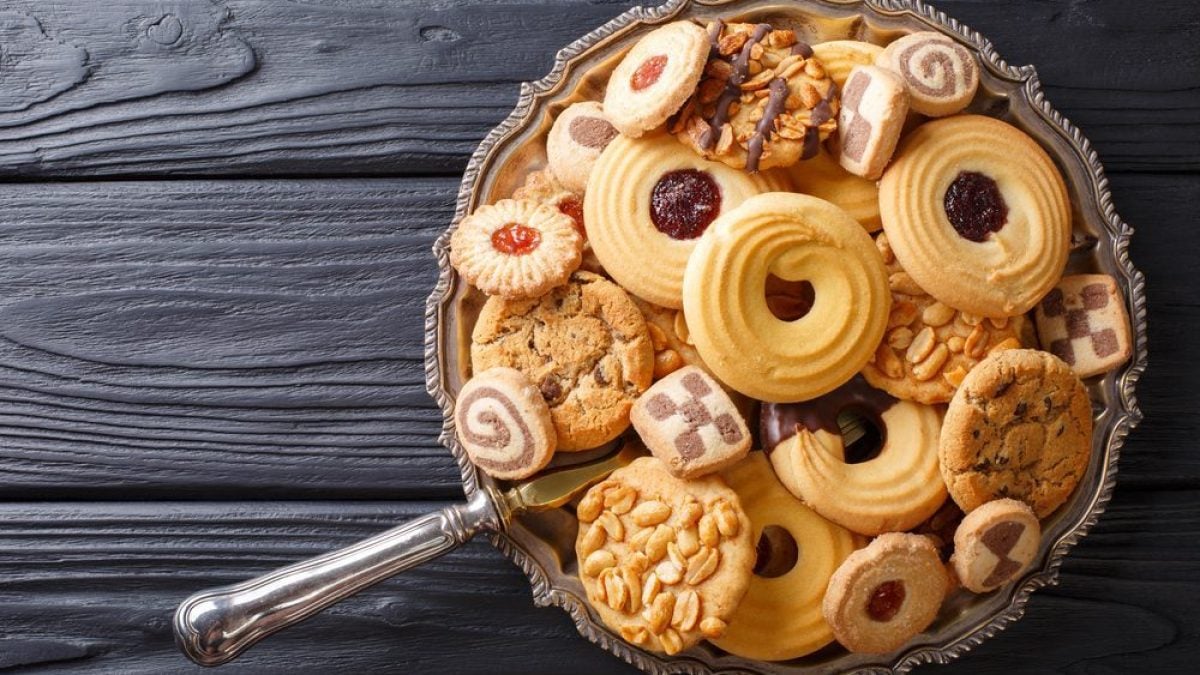
When we first start cooking, baking cookies is one of the first recipes we try: we make them from an early age, with our mother or siblings, trying recipes that start simple, then gradually become more complex. But even true cookie experts can make mistakes that ruin the final result: let's look at the most common mistakes to avoid when baking cookies.
1. Not Measuring the Ingredients Correctly
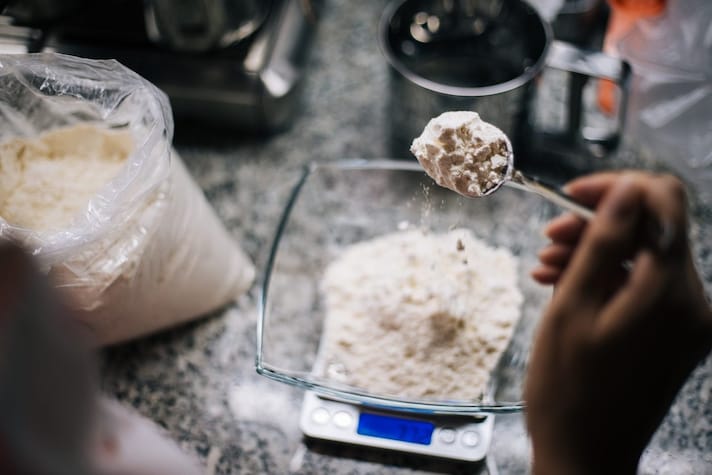
Roughly measuring ingredients is one of the most common mistakes that leads to cookies that are too hard or, conversely, easily crumbled. Some cookie recipes call for measuring ingredients in cups, especially Anglo-Saxon ones, rather than grams: this makes things difficult, especially for inexperienced cooks. But what many recipes don't always emphasize is that there's a right and wrong way to measure flour. If you pack the flour too tightly in the measuring cup, you'll end up using too much: it's better to scoop it out with a spoon and place it in the measuring cup, without crushing it. An effective trick to avoid overly compacted flour is to shake the bag a little before removing it or, much more simply, you can sift it.
2. Not Paying Attention to The Ingredients' Temperature
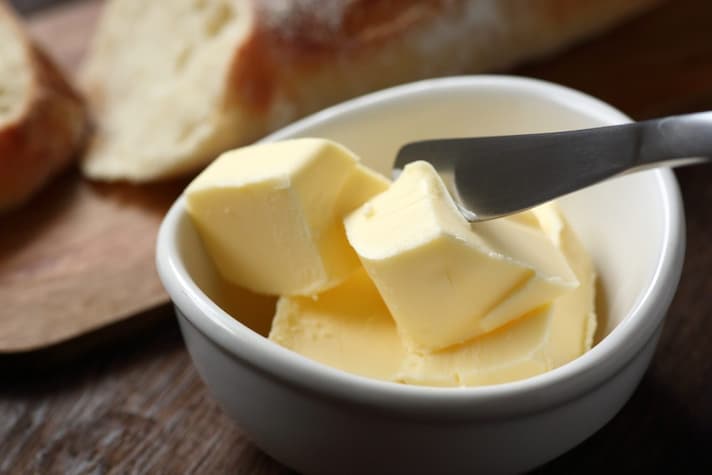
Unless a recipe specifies otherwise, ingredients should always be used at room temperature. Some recipes call for them to be refrigerated instead: in these cases, if the butter is too hot, it will begin to melt as soon as it's baked, and the cookies will turn out too flat. At the right temperature, the ingredients will combine perfectly and your cookies will be delicious. Always follow the directions found in recipes without "underestimating" the temperature details.
3. Not Creaming Butter and Sugar Well
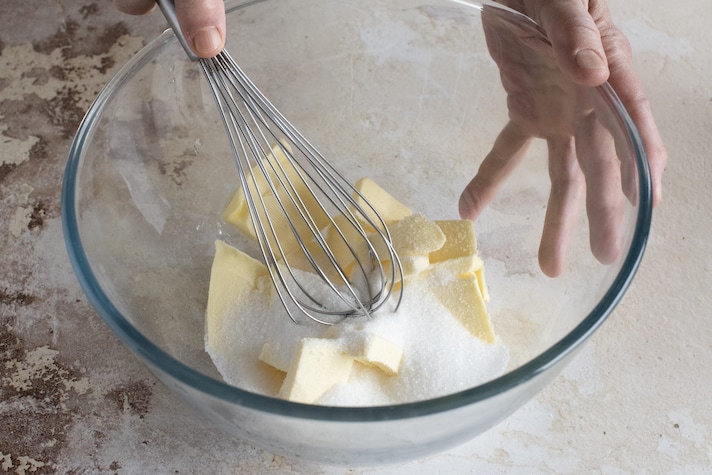
In many recipes, one of the first steps is to mix butter and sugar together, "dry." This incorporates air into the mixture, which becomes light and fluffy. This helps the sugar dissolve in the butter, resulting in light and crispy cookies: so give this important step the proper amount of attention.
4. Thinking That Salt is Only for Savory Dishes
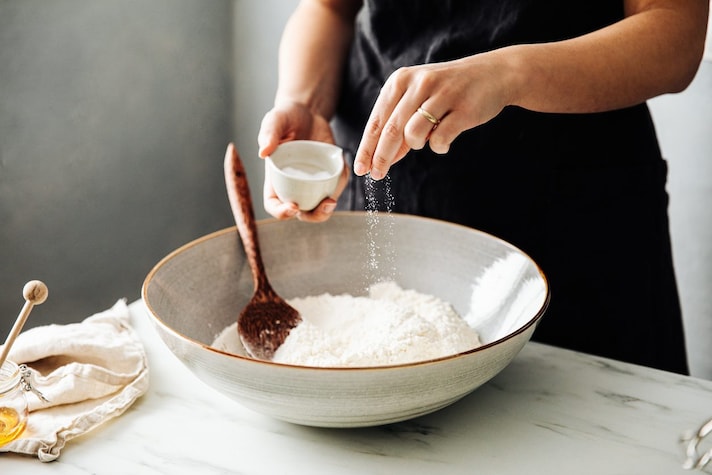
It's always easy to overlook the classic "pinch of salt" that almost always appears in the ingredients list of every dessert recipe. But it's something that really makes a difference: salt enhances the sweetness of the sugar, as well as the flavor of other ingredients, such as vanilla. Furthermore, in many recipes that call for yeast, the salt serves to stop the leavening process at the right point.
5. Forgetting About Parchment Paper
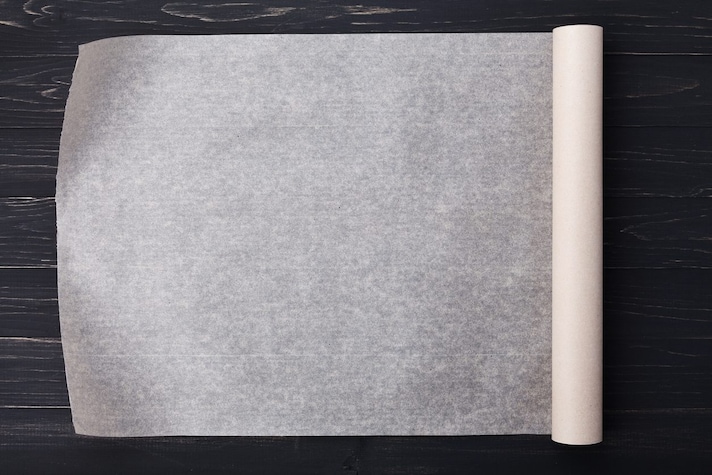
When it comes to baking cookies, parchment paper is perfect. You can also oil the pan, but to ensure the cookies don't stick, you need to use parchment paper. For those who want to reduce waste by avoiding buying lots of parchment paper, we suggest trying a non-stick, washable, and reusable silicone mat: a popular tool for dough makers.
6. Trusting The Oven Too Much
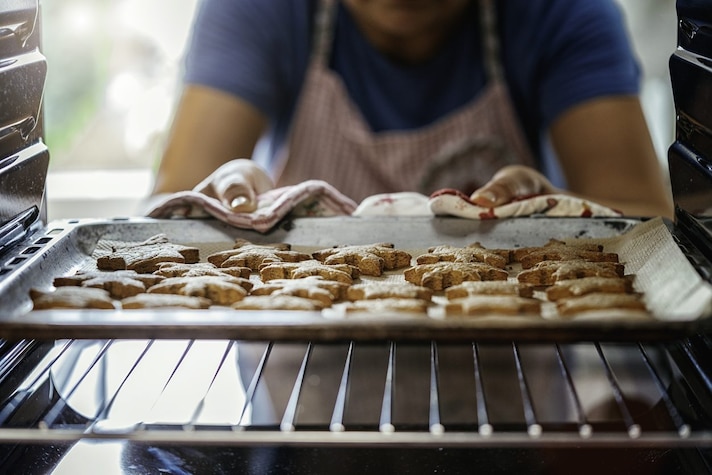
You've followed all the steps in the recipe, but the cookies are undercooked or burned: this largely depends on the oven. Most domestic ovens, in fact, aren't very precise when it comes to temperature: when you set them, for example, to 392°F/200°C, you have to consider that the actual temperature is a few degrees lower. The best way to avoid this problem is to buy a good oven thermometer, so you can get an accurate temperature reading.
7. Putting Too Many Cookies on The Baking Sheet
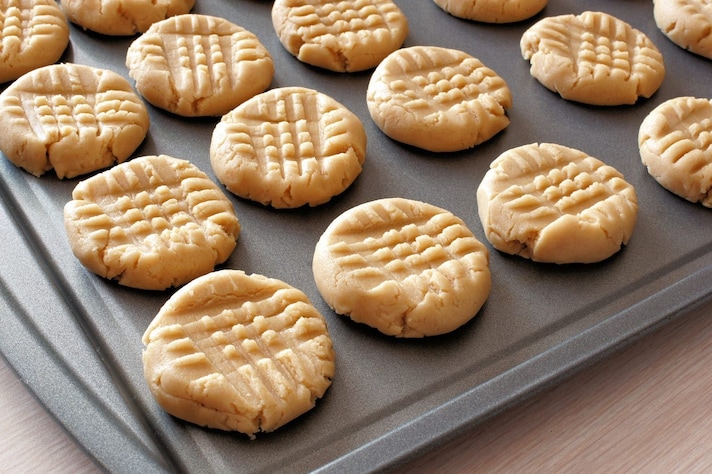
Another very common mistake is placing too many cookies on the baking sheet. Some cookies, in fact, "spread" during baking: if you don't leave enough space between each cookie, you'll end up with one giant mass of cookies. Start with a gap of at least a couple of centimeters and, if the recipe calls for baking powder, increase the amount.
8. Using a Single Pan for Two Batches of Cookies
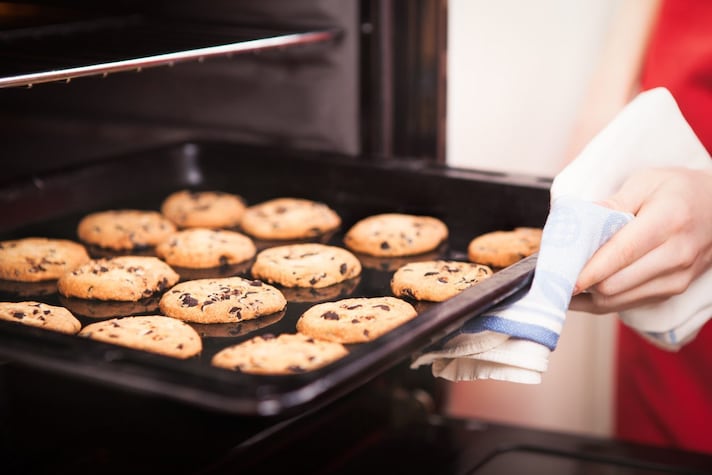
If you've baked a lot of cookies, don't make the mistake of baking some, removing them from the oven, and then baking the rest on the same baking sheet. This is for several reasons: first, the cookies you bake quickly could break because they're not cool enough; second, the remaining cookies would need to be placed on a preheated baking sheet, another mistake; and some ingredients, like the butter, could melt too quickly, compromising the final result: in short, you'll end up with dry, crusty cookies.
9. Overbaking Them
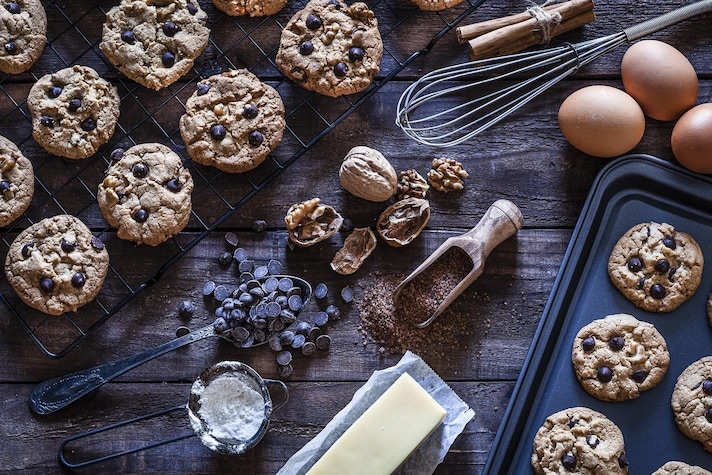
Keep in mind that when you take the cookies out of the oven and leave them on the pan to cool, they will continue to cook for a few minutes. To avoid tough cookies, take them out when they seem barely golden brown, without going beyond that, unless the recipe directs otherwise.
Why Do Cookies Expand When Baked?
Cookies tend to expand during baking due to a complex interplay of factors that manifest with the heat of the oven. First, fats like butter or oil, which at room temperature provide structure to the dough, melt, making the dough less cohesive and more fluid. At the same time, the sugar present dissolves, turning into a syrup that further increases the dough's liquidity. The water contained in the ingredients evaporates, generating steam that exerts internal pressure, contributing to the expansion before the structure solidifies. If present, leavening agents like baking soda or baking powder release gases that create bubbles in the dough, expanding it at a time when the melted fats and still-soft structure make it susceptible to deformation. Finally, the development of the gluten network, although limited in cookies to ensure tenderness, plays a role in whether or not this expansion is contained: a weak network offers less resistance to the dough's tendency to spread.
To remedy or avoid excessive spreading of the biscuits, it is possible to adopt various strategies.
- An effective approach is to chill the dough before baking, solidifying the fats and slowing the action of the leavening agents.
- It is important to pay attention to the proportions of the ingredients, avoiding an excess of fat and sugar compared to the flour.
- Making sure you use the correct amount of flour contributes to a more stable structure.
- Monitor the oven temperature, avoiding excessive initial heat, allowing for more gradual cooking: using silicone mats or baking paper can slightly limit the spread.
- Finally, moderately kneading the dough after adding the flour helps avoid overdeveloping the gluten, which in some cases can paradoxically promote deformation if not balanced with the other ingredients.
;Resize,width=767;)
